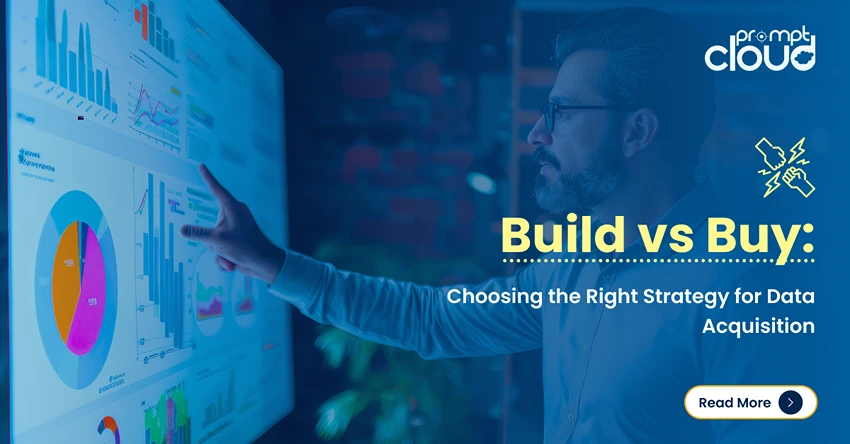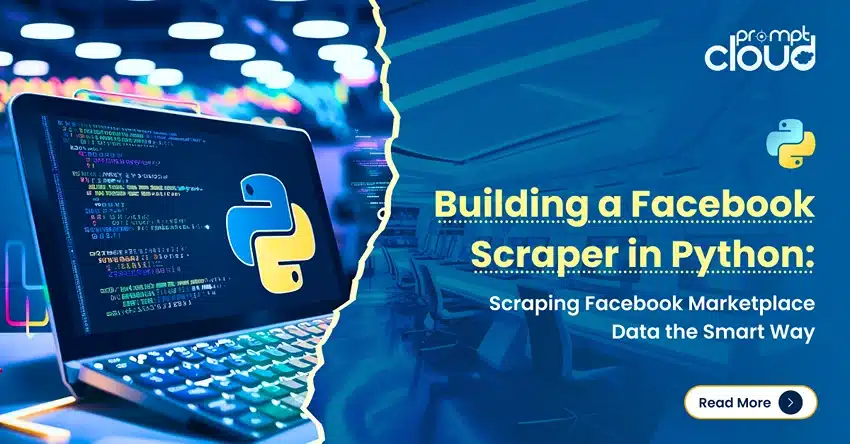In recent times, the phenomenal growth of data in volume as well as velocity has made it complex to consume and make sense of gigantic volumes of information. This has posed a challenge in correctly analyzing Big Data and employing data visualization for superior quality and strategic decision making.
The role of data visualization
For those who are aware of the entire value chain of Big Data, data visualization is the last but a critical phase of the entire chain. It is often the crucial last step of Big Data. Once the data is extracted from diverse sources with help of data mining and web extraction experts, it is analyzed through Big Data analytics tools such as Hadoop. However, the story doesn’t end there. A crucial last step remains after analytics–i.e. transmitting the insights generated by data analysts and share it with business analysts and decision makers, in a way that the recipients get the correct message from these actionable insights for their decision making purpose.
The key objective of the data visualization phase is to bind data scientists’ findings and craft a compelling narrative in such a way that the message is conveyed to people who understand business (rather than those who understand data). While traditional visualization made use of the good old bar graphs and pie charts, the insights generated from these modes are pretty high level or generic. Whereas today’s explosive Big Data analysis needs a much more granular approach to presenting data and tell the full story.
Enter Virtual Reality in Data Visualization
A lot has been written on the impact of Virtual reality (VR) and Augmented Reality (AR) in enhancing the customer servicing experience for specific sectors such as real estate, retail, media, and entertainment. However, a more interesting use case comes in the form of data visualization and data science. And there is a reason behind this.
There are key drawbacks to how much data our eyes and mind can absorb from a laptop or projector screen–which is enhanced exponentially when looking at the various facts, insights, and correlation. The need for the hour is to increase the level of immersion presented by data visualization. SAS says that we have a processing constraint of less than 1 kilobit per second of information. This is an eye-opening statement considering the huge volumes of data that hits us every second of the day. What’s the point of Big Data analysis coming to us at lightning speed when we cannot cope up with it at the data visualization stage?
This is exactly where virtual reality comes in.
With the help of extensive immersive experience, the user can be launched into a digital space with a 360ᵒ range of vision with 3D movement. This experience is more absorbing than a flat presentation of data points. Imagine presenting millions of nodes of connections on a social media platform like LinkedIn and trying to gauge insights from it. Using VR can help solve the mega presentation problem beautifully.
Thinking that the idea is pretty new? Actually no, the idea of VR for presenting huge number of data points or their inter-related connections has been around for quite some time. Take the instance of Goodyear tires. They had worked with VR veteran Dr. Robert Maples to craft an engrossing simulation of their racing tires with data derived from historical pointers. The influence and impact of the racing tires on every single variable was modelled, monitored, and analyzed in real-time VR. The objective? To find an answer to a key query “Why cars fitted with Goodyear tires are losing the races?” VR based data visualization helped them find the answers in super quick time.
Options available to us
What is making VR based data visualization more appealing is the availability of hardware that boasts of lighter screens and smaller VR units capable of input, processing as well as storage. It all started with the 2014 launch of Google’s Cardboard VR headset and was revolutionized by Facebook’s Oculus Rift consumer grade headset. The latest to enter the foray is popular VR applications and gaming solutions provide, Unity 3D. The company is firmly committed to its applications being used by data analysts and is working on a range of solutions meant to elevate the data visualization experience.
The first name that comes to mind today in exceptional quality VR solutions is Oculus. The company has developed a rich suite of tools meant exclusively for VR apps developers. Though it is true that most of the tools focus on the interactive experience needed by industries like gaming and entertainment, it is equally true that there is every chance that more tools will be added to aid the data visualization process in Big Data analytics.
Challenges and solutions
Let’s now move on to exploring some of the key barriers to integrating VR and AR with data visualization and their respective resolutions –
- Hardware and equipment–The current trend is to use Head Mounted Display (HMD) to blend virtual objects with real scenes. This suffers from limitations like lower resolution of the scene, viewpoint matching, and exorbitant costs. Also, there is a lack of interaction with intuitive gestures in most of the HMDs today.
As an answer to this issue, the interface and the equipment need to be re-engineered to ensure that these are easily available and have better intuitive capabilities.
- Better integration – The systems and solutions of today do not adequately address issues like navigation within the 3D area, scaling, flow/path elements, selection of sub-spaces, or scheduling a view route.
An ideal solution should be able to integrate gestures and voice interaction to make the entire system more intuitive. This can be done by developing a machine learning system that can make these voices and gestures more impactful.
- Impact of perception–Even the most advanced computing prowess such as neural networks cannot compete with the human mind. The twin characteristics of human perception and reasoning are very complex, with granular characteristics and features that interact with great variety in different human beings.
The solution would be to eliminate barriers from information overload and misperceptions by achieving simplicity in data visualization.
- Screen size constraints–The current head-mounted displays feature two screens. However, the close proximity of the displays to the eye makes it uncomfortable for continuous viewing.
In addition to removing the graininess and low resolution, equipment manufacturers need to conduct R&D to see how the viewing comfort can be improved for better interaction with the gadget for longer.
- Object tracking–Tracking objects in the virtual 3D space is essential to increase the level of interaction of the user with the system. This needs to factor in the position coordinates and the orientation values of the objects that change frequently during the presentation.
The need of the hour is to have more powerful, precise, and effective softwares in place to ensure that tracking and recognition of real from virtual happens smoothly.
- Non alignment of the virtual vs. the real–When virtual objects or elements are placed over real scenes, the objective is to achieve a seamless alignment of the position, coordinates, focus, and distance between the two. However, even a minor issue in configuration can render the contrast, brightness, and focus incorrectly, thus distorting the alignment and blend of the virtual and the real within the 3D virtual reality space.
The modern hardware technology should take into account the power and limitations of the human eye and how it perceives characteristics such as brightness, contrast, hues, and saturation.
To sign off
The immersive experience provided by Virtual Reality (VR) is proven to elevate the presentation and visual appeal of the media formats used by companies spanning numerous industries. The data science industry too is abuzz with the potential presented by VR in the data visualization process. Harnessed in the right way, this media format has the ability to make a huge impact on the way data is presented and digested by business stake holders and decision makers.
While the range of software available to us (right from proprietor software like Oculus APIs and Gear to open source tools like Blender) is adequate to convey visually appealing information of data visualization in an all-surrounding 3D experience, there is still a long way to go before data science can truly leverage VR tools built specifically for propping up data visualization to a new level altogether. However, the truth remains that VR is very well suited for big data visualization, thanks to its capability to increase the granularity of the visualization while still keeping it highly absorbing, meaningful, and exciting. Of course, the end objective of providing clarity to decision makers to take targeted and specific action based on the visualization will always remain core to the entire phase of data visualization within the Big Data value chain.
Stay tuned for our next article to know why healthcare companies should look towards web scraping
Planning to acquire data from the web? We’re here to help. Let us know about your requirements.




















